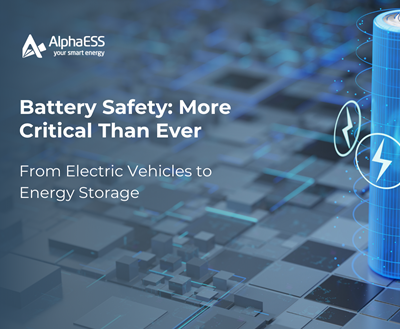Understanding PV-BESS Coupling Methods: How to Choose the Best System for Your Needs
2024-07-23
In the market, solar energy storage systems can be categorized based on how the solar and battery systems are coupled: AC-Coupled, DC-Coupled, and Hybrid-Coupled. This categorization describes how the Battery Energy Storage System (BESS) integrates with the photovoltaic (PV) system, whether the connection is on the AC side, DC side, or both. How should homeowners decide which system to install? Let's explore the options and determine the best fit for different scenarios.
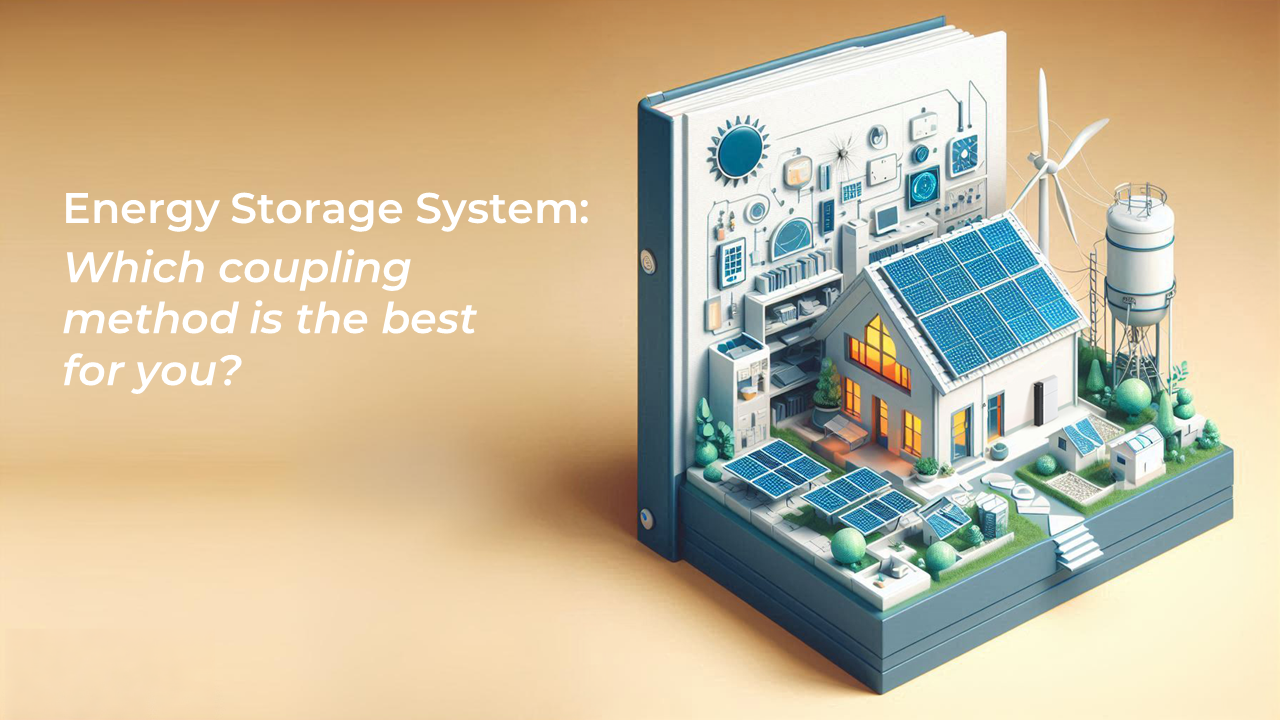
1. Coupling Methods for Different Application Scenarios
When homeowners consider installing solar energy storage products, they typically face three scenarios:
1. No existing PV or energy storage equipment.
2. Existing PV systems (photovoltaic panels + PV inverter) without storage.
3. Existing PV systems need more capacity due to limited PV capacity or efficiency degradation over time, making it necessary to install additional PV panels and storage.
These scenarios correspond to three optimal coupling methods:
1. DC-Coupled
2. AC-Coupled
3. Hybrid-Coupled
2. Understanding AC/DC/Hybrid-Coupled Systems
Before diving into the specifics, let's clarify a few points:
1. Photovoltaic panels generate direct current (DC) electricity, and batteries charge/discharge in DC. Household loads and the utility grid use alternating current (AC).
2. DC must be inverted to AC (DC→AC) for household use; AC must be rectified to DC (AC→DC) to charge the battery.
3. Each DC→AC or AC→DC conversion incurs approximately 4% energy loss.
2.1 DC-Coupled Energy Storage System
DC-coupled systems are ideal for new PV storage installations, which tie the PV array and battery storage system together on the DC side of the hybrid inverter. PV solar energy can charge the battery through a DC/DC module without changing the form of energy. When battery is discharging, the combined DC energy from the PV panles and battery is converted to AC output to power household loads. This PV-Coupled system is highly efficient because of only 1 energy conversion (DC→AC).

This method is particularly beneficial in self-consumption scenarios, where surplus daytime PV generation is stored in the battery for nighttime use, significantly reducing electricity bills over time.
However, some products designed for new installations use a 'PV Inverter + Battery Inverter' design rather than a Hybrid Inverter. Despite their similar appearance and installation methods, these products perform multiple AC/DC conversions, leading to lower energy efficiency and essentially functioning as AC-coupled energy storage systems.
2.2 AC-Coupled Energy Storage System
In an AC-coupled system, the PV array and the battery storage system each have their own inverters. These inverters are tied together on the AC side. This type of system is suitable for retrofitting existing PV grid-tied systems. For homes with PV panels and a PV inverter, adding a storage unit (Battery + Battery Inverter) creates a PV storage system without extensive wiring modifications, reducing installation and hardware costs. However, AC-coupled systems have lower energy efficiency compared to DC-coupled systems, losing approximately 8% more energy. This is because during the single PV→BAT→Household process, AC-coupled systems involve three energy conversions: DC→AC, AC→DC, DC→AC, while DC-coupled systems only require one energy conversion in this process: DC→AC.

Given the typical 5-10 year lifespan of these products, the cumulative energy loss in AC-coupled systems can be significant. Thus, for new installations, DC-coupled systems with Hybrid Inverters are preferable for optimal energy efficiency and to maximize self-consumption and self-sufficiency.
(For more details about 'self-consumption' and 'self-sufficiency', you could refer to: https://www.alphaess.com/unlocking-energy-independence-with-alphaess:-maximize-self-consumption-and-self-sufficiency-with-advanced-solar-solutions)
2.3 Hybrid-Coupled Energy Storage System
Hybrid-coupled systems combine AC and DC coupling. For homes with existing PV systems, this approach allows for expanding PV capacity by connecting additional panels directly to a hybrid inverter and adding a battery energy storage system, optimizing PV utilization in a retrofit scenario.
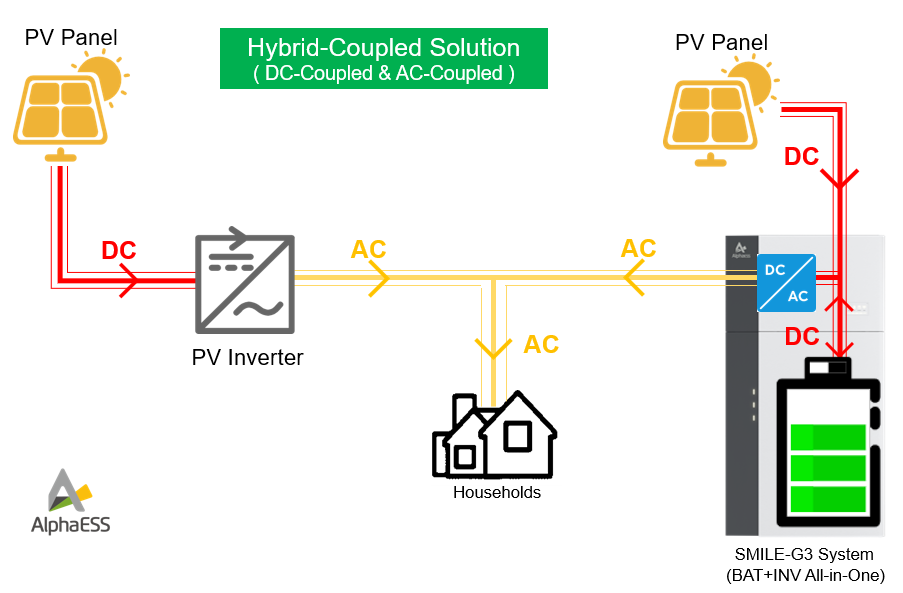
For users upgrading PV systems into PV-BESS systems, both AC-Coupled and Hybrid-Coupled methods allow for equipment reuse. The key difference is that Hybrid-Coupled systems can accommodate additional PV panels, increasing both PV capacity and power generation.
Summary:
1. Choose the appropriate coupling installation method based on specific home energy storage needs: new installations, PV system retrofits, or upgrades with capacity expansion.
2. For new installations, prioritize high energy efficiency with DC-coupled energy storage systems (integrated with a hybrid inverter instead of 'battery inverter + PV inverter').




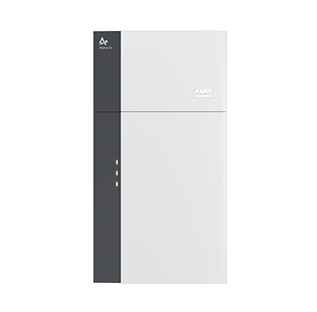
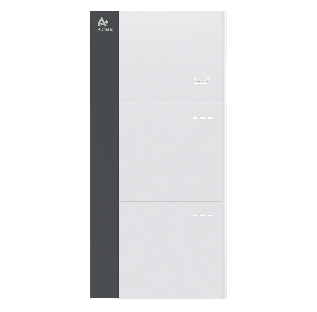
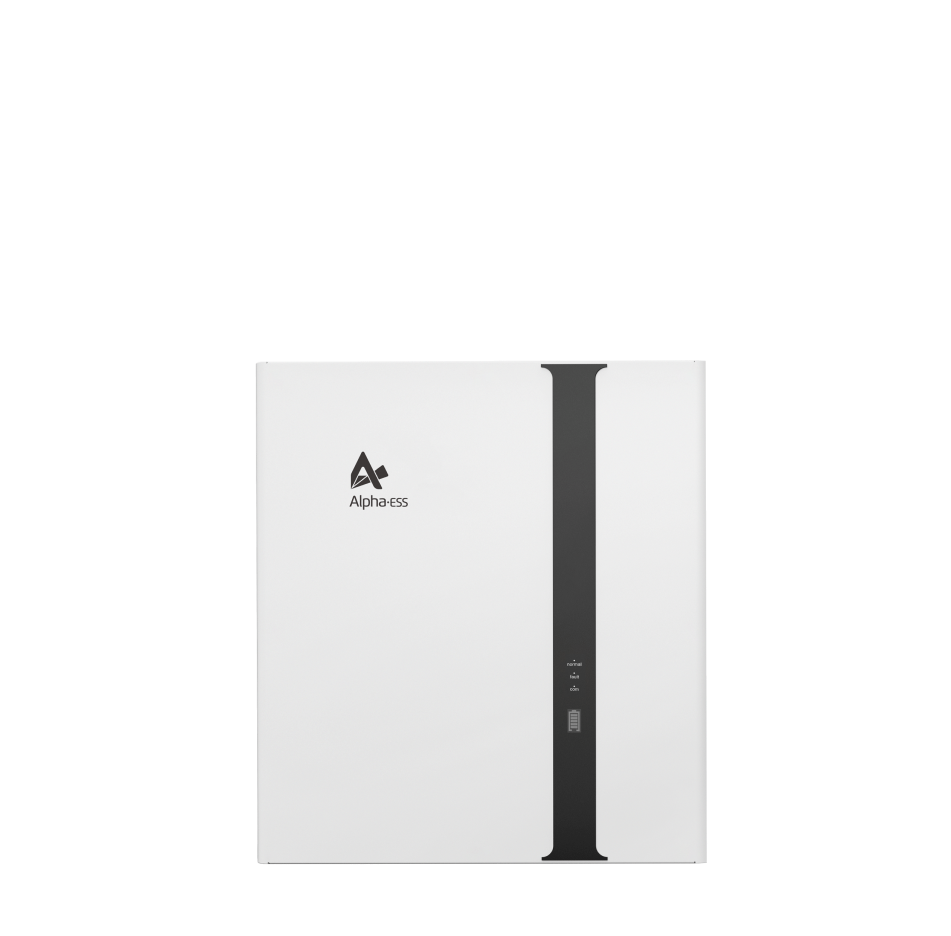




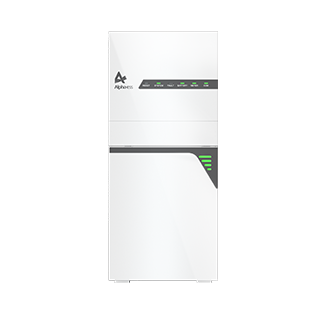


.png)
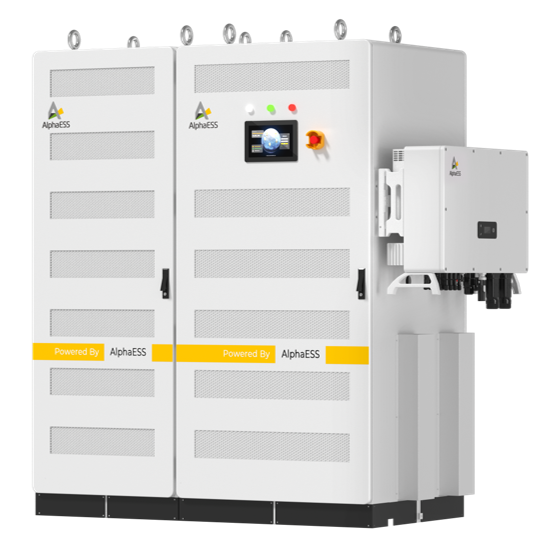
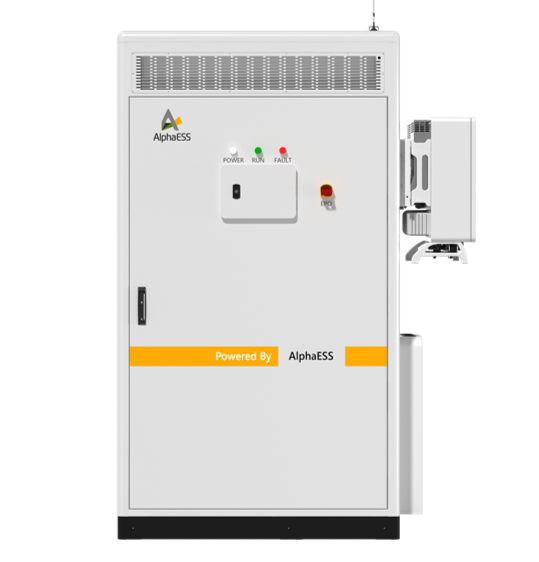
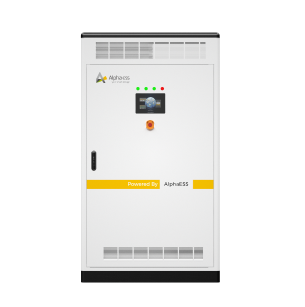
(2).png)
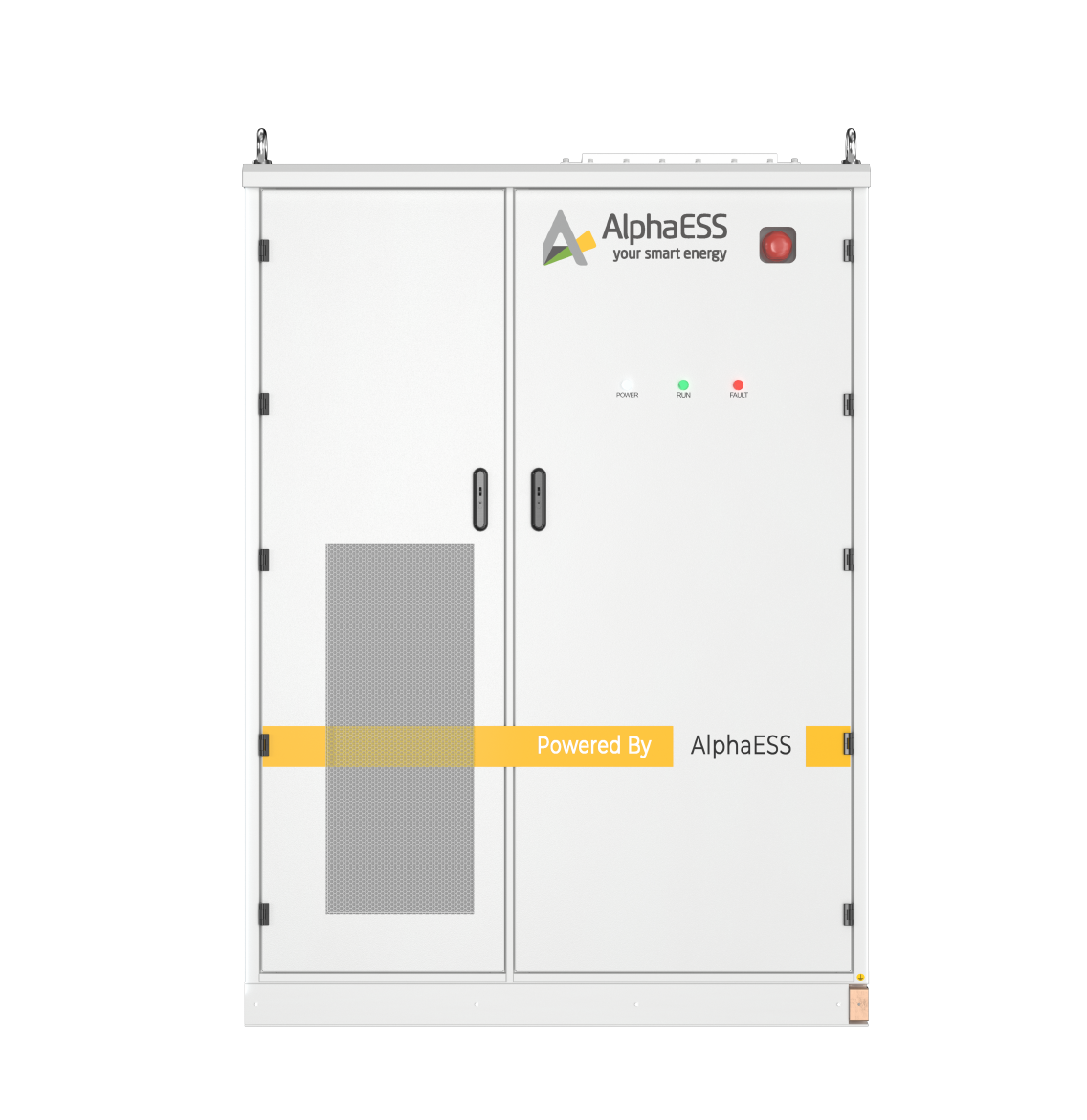
(4).png)
(545x562xiangsu)(2).png)
(545x562xiangsu)(3).png)
(545x562xiangsu)(4).png)


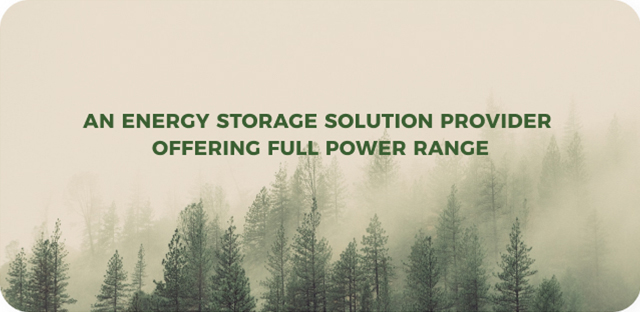


















(5).png)
(1920x1080xiangsu)(300x248xiangsu).png)
